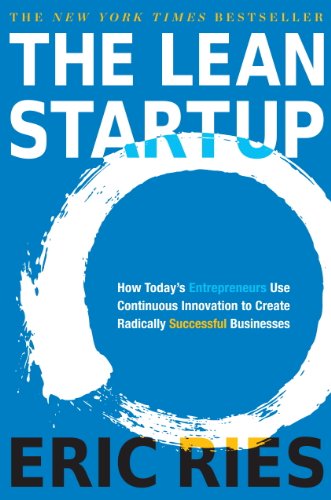

This article is an excerpt from the Shortform summary of "The Lean Startup" by Eric Ries. Shortform has the world's best summaries of books you should be reading.
Like this article? Sign up for a free trial here .
Any business has to get customers. In paid marketing, you have to pay for each customer. This is the Customer Acquisition Cost (CAC). Then, each customer gives you a certain amount of value over time, or the Lifetime Value (LTV)
How do you calculate the LTV and CAC? How is it important that these two numbers related to each other? Learn in our guide from Lean Startup.
Intro to LTV and CAC
This is a relatively straightforward engine of growth. Through ads or sales, you pay to acquire a user. If the user gives you more money than it cost to acquire the user, then you can use the profits to pay for more users, which gives you more profits.
Metrics to care about:
- Customer Acquisition Cost (CAC): How much it cost to acquire that user.
- Lifetime Value (LTV): How much the user gives you in value, either in direct revenue or otherwise (eg through selling ads)
Let’s run through an example. An advertisement costs $400 in total, and you get 20 new customers. Each of the customers gives you $25 when they buy your product. This means your CAC is $20, and your LTV is $25. Now you have $500 to acquire 25 new customers, which will in turn give you revenue of $625, and so you keep growing.
How to improve paid growth:
The higher your profit margin, the more you can spend on more marketing.
- Increase LTV of users
- Build a better product that creates more value, so users are willing to pay more
- For a subscription product, get users to stay for longer
- For ad-based products, increase engagement
- Gets users to buy add-ons and more products
- Lower cost of acquisition
- Increase the conversion rate of users. For a fixed advertising spend, if you convert more users, you lower CAC. This can be done through:
- Conversion optimization
- Differentiated value among competitors. If you have a competitive advantage,
- Find new, less competitive marketing routes
- Increase the conversion rate of users. For a fixed advertising spend, if you convert more users, you lower CAC. This can be done through:
How not to improve paid growth:
- Don’t keep plowing money into unprofitable marketing campaigns. If you put in $100 and get back only $80, you’ll clearly lose money fast. Try to increase the revenue or lower CAC. But also don’t be afraid to abandon the channel – some just don’t work for your product.
Even though paid growth is simple in theory, you should worry about practical problems about CAC and LTV:
Don’t lie to yourself about what your CAC is. Your CAC is not just the literal cost of acquiring the user. If you pay $2 to get a user to signup, but that user also requires a 10-minute call by someone paid $30/hr to signup, the CAC is actually $7.
Be clear about your real LTV. If your LTV takes a long time to capture, don’t overestimate it. Don’t assume that users will love your product so much that they stick around for 24 months. Deluding yourself now will result in pain later. See Bill Gurley’s warnings of LTV. Negative “unit economics” have caused many startups to fail. Because modeling user value and acquisition cost can be very complex, don’t deceive yourself into thinking you’re profitable per user when you’re not.
Keep watching the metrics. Your LTV and CAC are very likely to change over time, especially as you exhaust a marketing channel or explore new ones. As channels become unprofitable, you may have to scale them back.
Understand market competition conditions. Your competitors have likely already saturated your marketing channels and are paying at market equilibrium. If you come in and offer exactly the same product, you’ll be paying the same CAC and getting the same LTVs. Over time this tends to drive toward zero profits, as competition is strong. To overcome this, you need a competitive advantage – a better product, lower costs, higher efficiency, etc. This allows you to pay more for a user through the same marketing channel because you get more out of the user. Out of scope, but competitive advantage covers this well.
———End of Preview———

Like what you just read? Read the rest of the world's best summary of "The Lean Startup" at Shortform . Learn the book's critical concepts in 20 minutes or less .
Here's what you'll find in our full The Lean Startup summary :
- How to create a winning Minimum Viable Product
- How to understand how your startup will grow
- The critical metrics you need to track to make sure your startup is thriving






